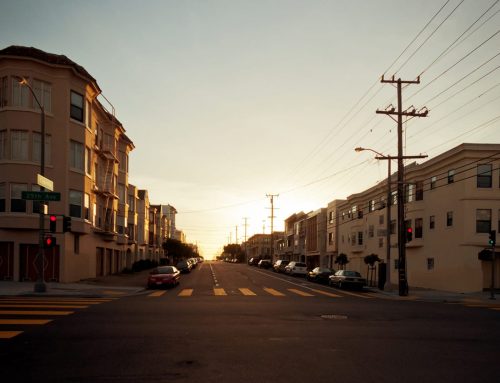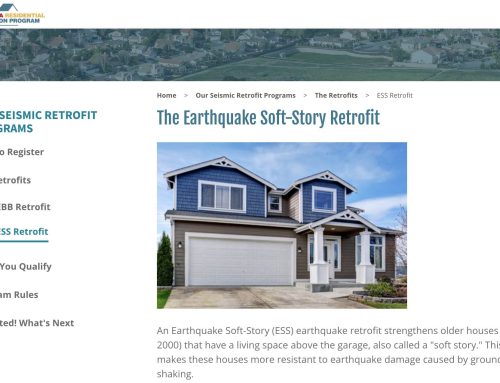Property owners in Los Angeles and several other tiers 1 and 2 municipalities are often confused about the process involved in Soft Story retrofit, also commonly referred to as seismic retrofit.
Let us break it down for you.
In areas where seismic activity is a concern, a few types of construction are more high-risk than others. Buildings that are “Soft Story” must fortify in order to protect the building as well as people.
Construction oversights while the building structure was being built are more common than you think. That’s where the Soft Story retrofitting process comes in to save the day (and the building.)
What is a Soft Story Building?
If a building is considered unstable in accordance with the modern earthquake engineering design, it is referred to as a “Soft Story” building. These types of buildings are multistory and were usually built before the colossal earthquakes shook the country in the 1980s and 1990s.
In more official terms, a building that has a level that is less than 70% as firm as the level directly above it, or less than 80% as firm as the story three levels up, is called a Soft Story building.
This kind of building is most vulnerable to collapse during an earthquake. This is due to the extra flexibility in these “soft” floors.
Soft Story Buildings in LA
Did you know that there are approximately 9,000 Soft Story buildings in LA? They also are in immediate need of seismic retrofits?
This is especially surprising after the Northridge earthquake in 1994, many political leaders began to mandate Soft Story building upgrades in Los Angeles.
However, that earthquake helped us in creating ground-breaking technology in the form of seismic modeling software, seismic force resistance, design, testing systems, structural connections, and structural forms. That’s why the Soft Story retrofit efforts in Los Angeles are so successful.
Mandatory Soft Story Retrofit Plan
Under Ordinance 183893, the Soft Story retrofit program in Los Angeles is the new standard. This means it must be complied with by all existing multi-story buildings in the municipality. In other words, the city of LA retrofit program requirements pertain to buildings that have the following features:
- 2 or more levels of wood frame construction
- Constructed according to the building code guidelines ordained before January 1st, 1978
- Includes an open floor space that leads to weak, soft, or open wall lines
The above standards are not applicable to residential buildings that have 3 or fewer units.















